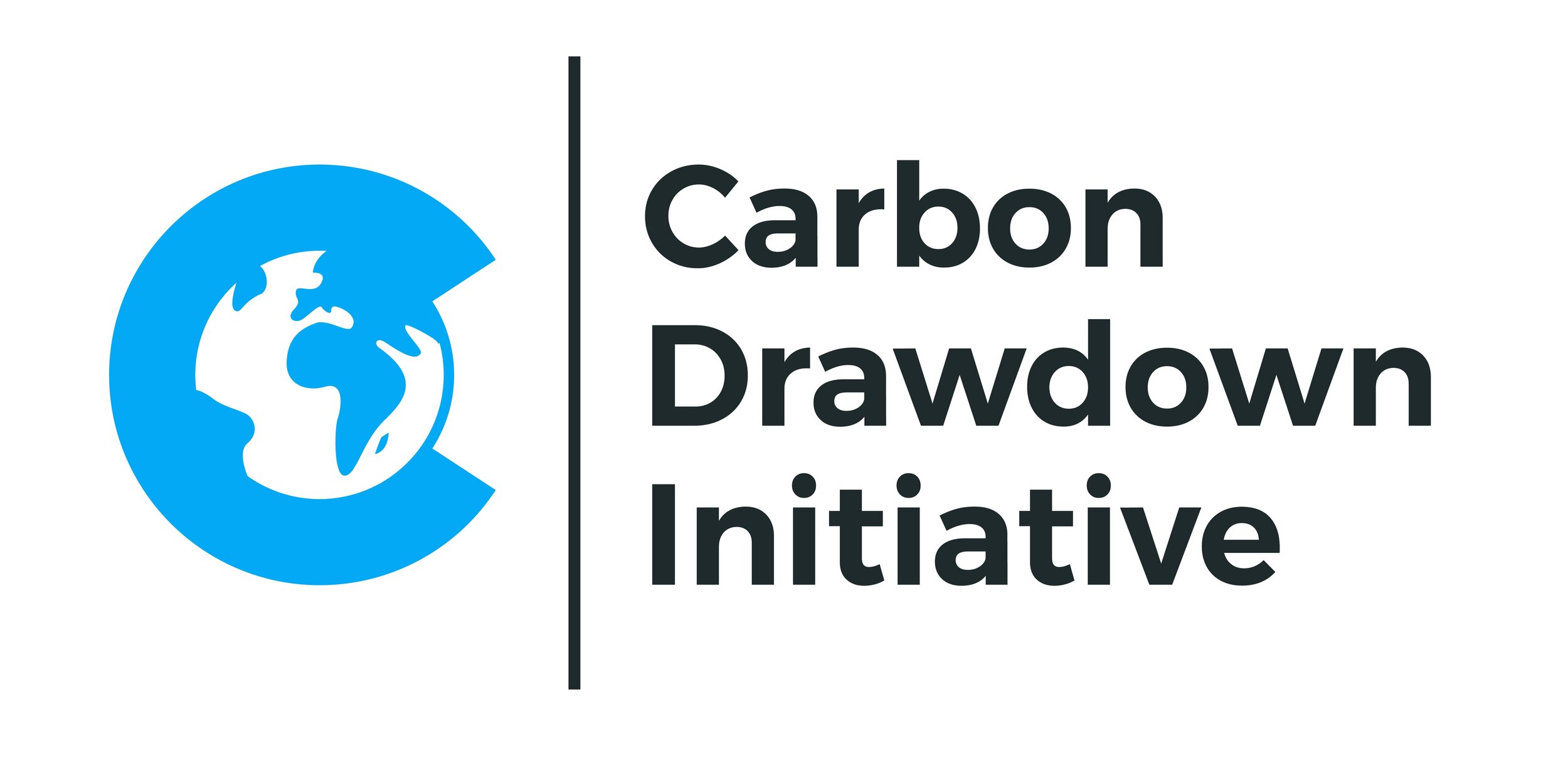Insights from monitoring leachate alkalinity, pCO₂ and CO₂ efflux of 400 weathering experiments over one year
Data from our greenhouse, part 3
Background
We present insights we gained from CO₂ efflux, soil pCO₂ and soil water leachate alkalinity data of 400 greenhouse experiments for enhanced weathering (EW), a promising new approach to carbon dioxide removal (CDR) which uses rock dusts on agricultural soils to capture CO₂.
Methods
We monitored hundreds of soil-rock dust combinations in a controlled greenhouse setting using fluxmeters, sensors, and high frequency leachate analyses combined with data analytics to better understand change in soil carbon fluxes and pools.
Results
Our findings reveal that (1) successful CO₂ capture via enhanced weathering seems often accompanied by an initial increase in CO₂ efflux (which is likely temporary) and (2) Whereas maximum CDR potential varies greatly between rock dusts depending on their composition, the CDR that can actually be realized is heavily influenced by the soil it is added to. Further scientific research is needed to fully understand which processes are exactly responsible for these observations.
Conclusions
Based on the high variability of observations resulting from combining 16 different soils with 12 rock dusts we suggest increasing rock-soil variations in future EW studies. We also advocate incorporation of pCO₂/CO₂ efflux measurements in more EW studies as initial CO₂ efflux spikes might need to be taken into account in the LCA of future EW projects and also because CO₂-based data could provide “early signals for future success” for EW projects.
Download and read our working paper!
PDF Download (6 MB, 42 pages).
You can download the PDF here (6 MB, 42 pages).
DOI: http://dx.doi.org/10.13140/RG.2.2.14022.28485
Link to ResearchGate

